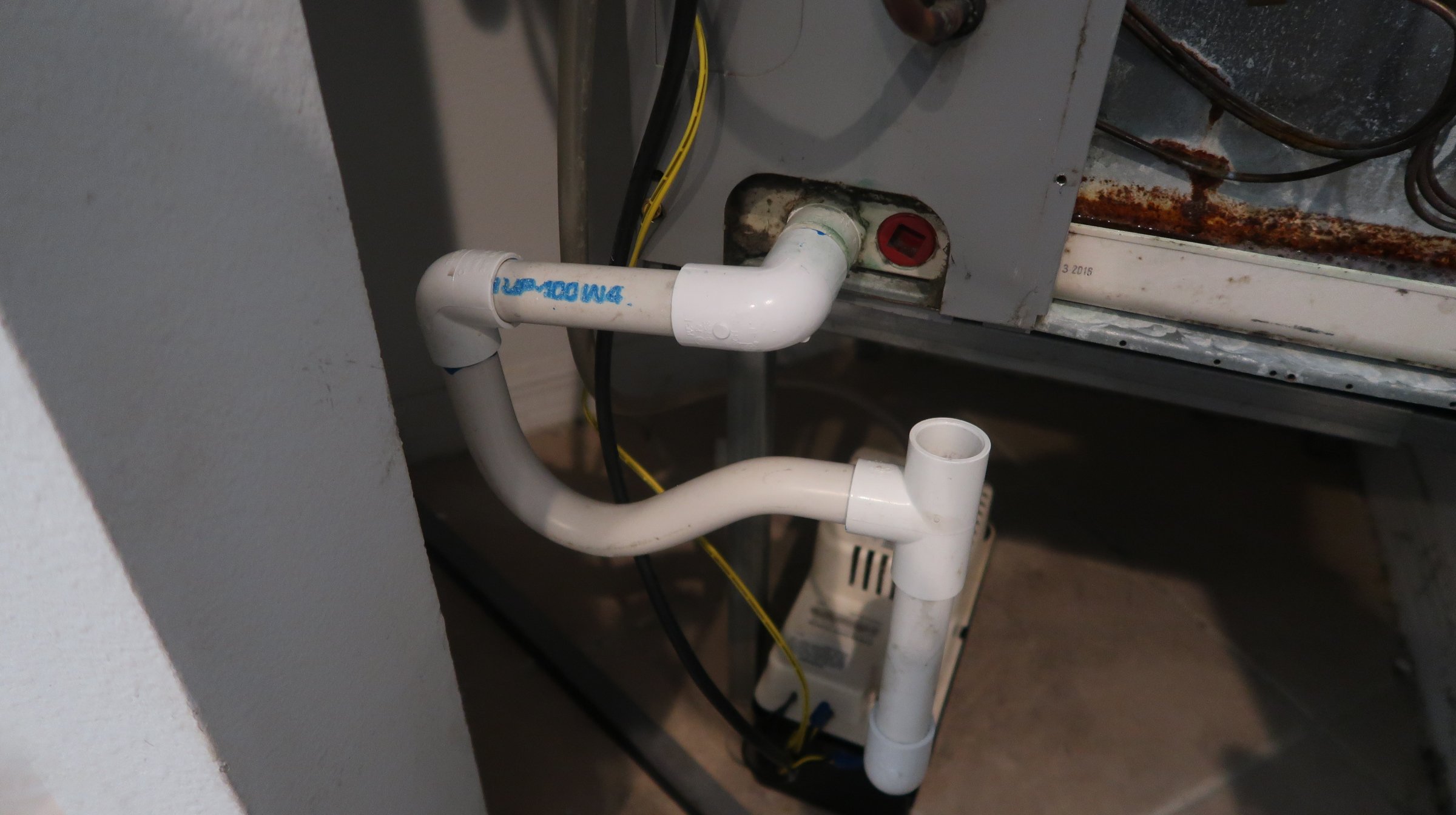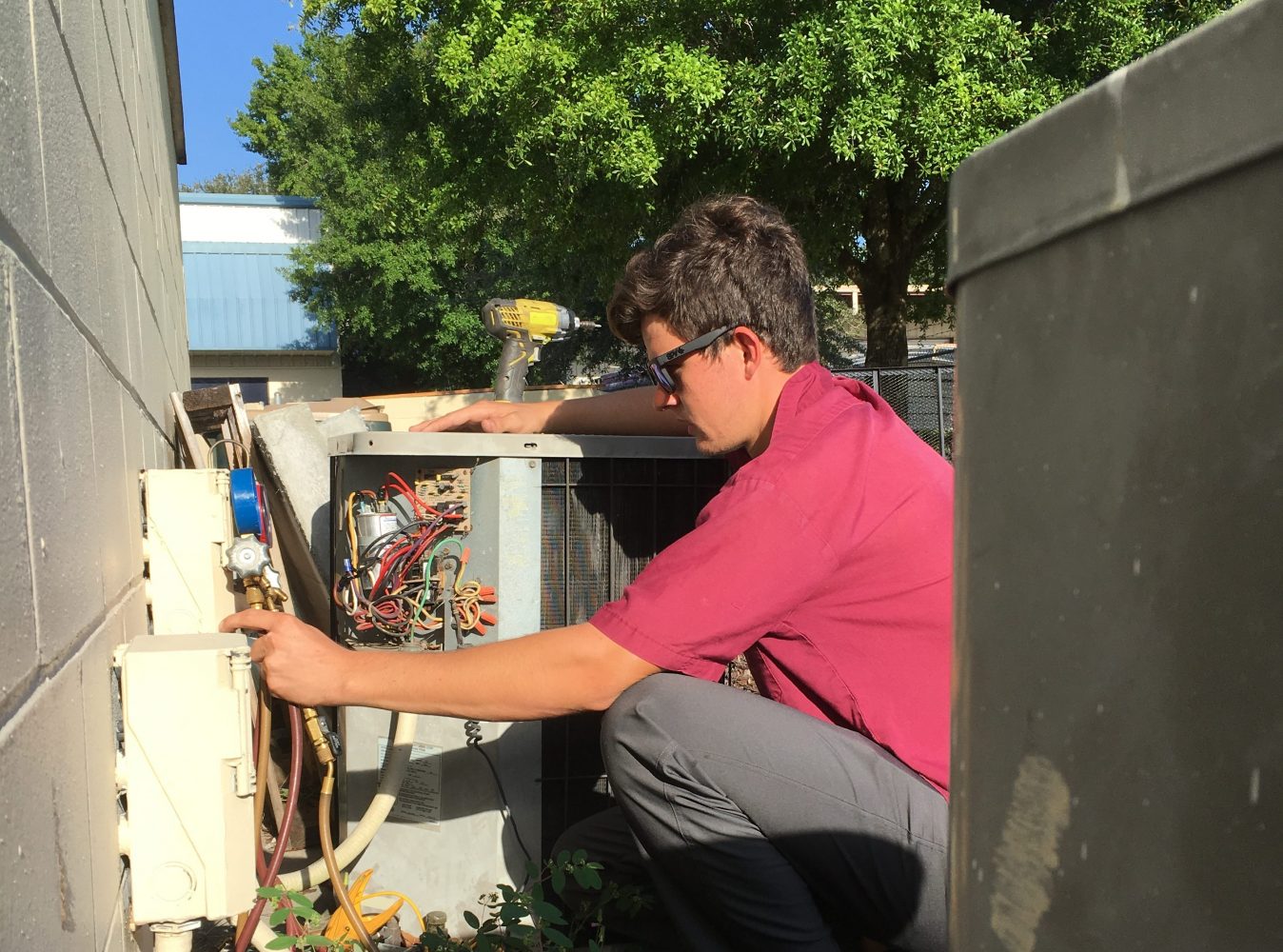Get Tech Tips
Subscribe to free tech tips.
Four Ps of IAQ

The Four Ps of IAQ
I’m not the first, second, or probably even the thirty-second person to write about improving indoor air quality problems using the four Ps approach. It’s a well-known thought process in the building science community—not sure if that’s the case in HVAC circles.
The first P is for pollutants. In this context, a pollutant is something that contaminates the air. It can be one or more of many things—mold, moisture, animal feces, and harsh chemicals are some of the more common ones in an average home. If you remove the pollutants, there is no longer an IAQ problem.
The next P is for pressure differential. If the pollutant cannot be removed, creating a pressure differential will prevent it from entering or spreading throughout the occupied area. But you already know this. That’s why you turn on the fan when going to the bathroom or the range hood while cooking.
Another P is for pathway. If there is a pollutant—with an unfavorable pressure differential—there still needs to be a pathway to the occupants for that pollutant to become an issue. Eliminate the pathway, and the pollutant can be contained.
The last P, but definitely not least, is for people. You’ve heard this before: if a tree falls in the middle of the woods, does it make a sound? Well, if there is a pollutant with a pathway and a pressure differential but no people, is it really an IAQ problem?
In short, it’s always best to deal with the source of the IAQ problem, but if you remove any one of the four “Ps,” there will be an air quality improvement.
—Neil Comparetto, Co-owner of Comparetto Comfort Solutions in Virginia










Comments
To leave a comment, you need to log in.
Log In